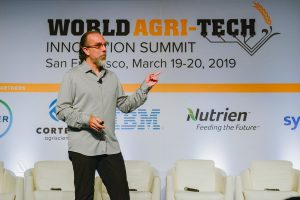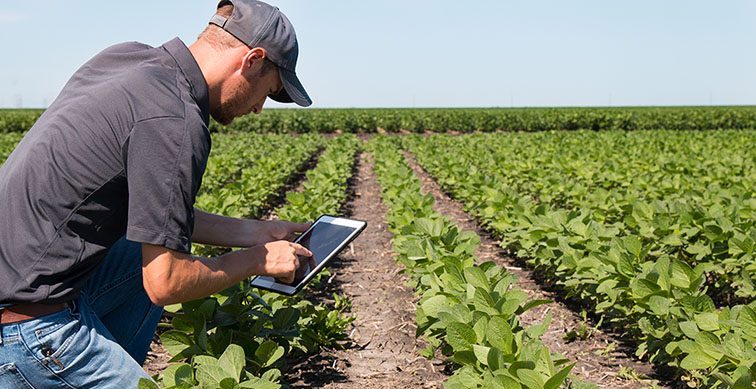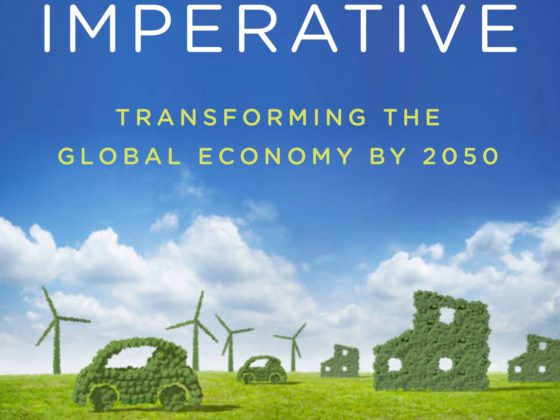Astro Teller, Captain of Moonshots at Google X, suggests that the agriculture industry is primed for a moonshot. Being able to feed a growing global population while under the stress of climate change will require radical, and perhaps (initially) laughable, solutions that propose breakthrough technologies. To make way for innovation in this sector, we need to think differently about how we grow, produce, and consume food.
Agriculture, forestry, and other land use represent 24% of global greenhouse gas (GHG) emissions with livestock and soil management driving most of agriculture’s contribution. The GHGs responsible are methane and nitrous oxide, both of which do not stay in the atmosphere as long as carbon dioxide but pack a bigger punch in terms of global warming potential during their lifetime.
Agriculture is the focus of our next Path to 2060 series of reports and is unique in that it stands to benefit first-hand from its own sector leadership to mitigate climate change. An industry already struggling in the United States with low commodity prices and the trade war with China, agriculture is showing signs of distress at the hands of severe weather. This month the Midwest was hit hard by a “bomb cyclone”, which submerged 100,000 acres of farmland in Iowa, resulting in an estimated $1 billion in damages. Earlier this year, Queensland Australia farmers, already battling years of drought, experienced record-breaking rains that then flooded leaving 500,000 cattle in their wake. Unfortunately, these types of extreme weather events are happening with increased frequency.

To learn more about the opportunities and pain points for businesses in this industry, I recently attended the Animal AgTech and World Agri-Tech Innovation Summits in San Francisco. Teller was right, this industry is ripe for a moonshot and it’s buzzing with disruptive potential.
Agriculture is the last to go digital. In-step tech companies like IBM and Microsoft who are offering machine learning, artificial intelligence, sensors, and drones to help farmers to optimize their operations and yields. The idea behind this “precision farming” is that if you can successfully manage each individual plant and animal, you can then reduce the amount of antibiotics, pesticides, and herbicides used to ensure crops and herds are healthy. Precision farming also helps to reduce nitrous oxide emissions and water consumption. Keeping crops and herds healthy without the need for broad application of artificial inputs means healthier food for consumers who are increasingly asking for greater transparency of farming practices. Organic is no longer a niche offering, it’s going mainstream. Sounds like a win all around, right?

The challenge is that many farmers aren’t even connected, particularly in rural areas and developing countries. For those that are connected, the plethora of software and hardware solutions is overwhelming and difficult to integrate into existing farm management systems. For any new technology to work, it must be easy to use and come with the promise of increased profits. At the end of the day, farmers need to be able to feed their families just like you and I, and their margins are already razor thin.
I’ll talk more about the disruptive technologies that hold the most promise in our upcoming podcast and report, scheduled for release this summer. But if I can leave you with one encouraging theme shared by all of the speakers it’s that consumer choice is the biggest driver of change in this industry. So keep grabbing those organic pears and cage-free eggs, it’s making a difference!


